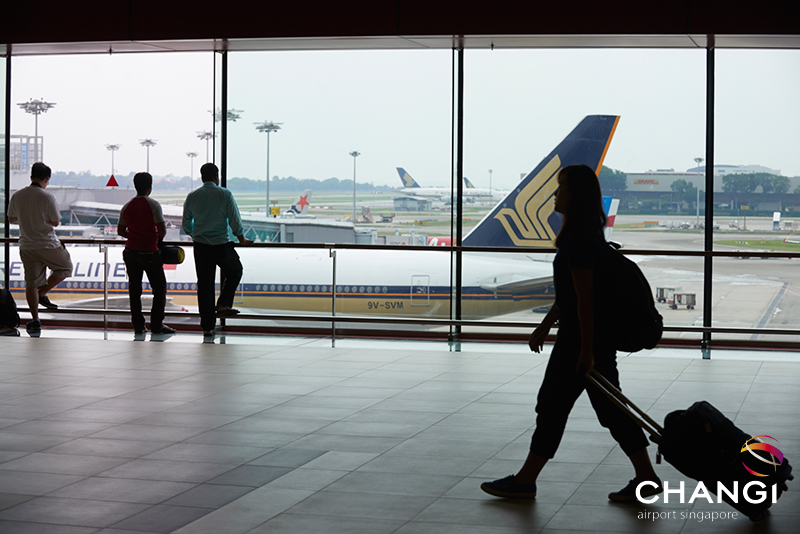Asia-Pacific carriers buoyed by global economy
14 May, 2018
2 min read


The future continues to look rosy for Asia-Pacific airlines after their combined net earnings climbed by almost a third in 2017 to $US8.8 billion despite rising costs.
The 31.6 percent increase in 2017 net earnings came as business and leisure travel demand was boosted by broad growth in the global economy and moderate capacity expansion supported airline yields.
At the same time, combined operating costs rose 8.7 percent and fuel costs rose by 19.6 percent to $US40.6 billion as global jet fuel prices averaged $US65.40 a barrel.
Association of Asia Pacific Airlines (AAPA) director general Andrew Herdman predicted the region’s carriers would continue to benefit from the growth in the global economy as he released an overview or the 2017 financial performance.
“Business activity is expected to remain relatively robust whilst increased consumer spending should underpin further growth in passenger travel and continue to support air cargo demand in the coming months," Herdman said.
"Overall, Asian airlines continue to evolve in the face of changing market dynamics, implementing measures to increase efficiency and carefully control operating costs whilst seeking opportunities to maximize revenue.”
“In addition, the region's airlines remain focused on enhancing business performance through increased investments in new technologies and modern fuel-efficient aircraft."
AAPA attributed an 8.6 percent growth in passenger traffic, measured in revenue passenger kilometres, to the widespread availability of affordable airfares and continued network expansions.
READ JAL plans to launch new low-cost carrier.
Combined passenger revenue for Asia-pacific airlines grew 6 percent to $US135.6 billion but competition saw a marginal 1 percent falling passenger yields to 7.9 US cents per RPK.
Air cargo markets, which saw a 9.6 percent jump in cargo traffic measured in freight tonne kilometres, were buoyed by an increase in global trade.
Herdman said the results were underpinned by strong growth in both air passenger and cargo volumes, and higher average load factors.
"Nevertheless, the region's airlines continued to face some significant headwinds in the form of stiff competition, and increased cost pressures from markedly higher fuel prices and rising labour costs,’’ he said.
“Reflecting the highly competitive business environment, the average operating margin was 6.6 per cent for the year, with net profits of just over $US6 per passenger."
Get the latest news and updates straight to your inbox
No spam, no hassle, no fuss, just airline news direct to you.
By joining our newsletter, you agree to our Privacy Policy
Find us on social media
Comments
No comments yet, be the first to write one.

